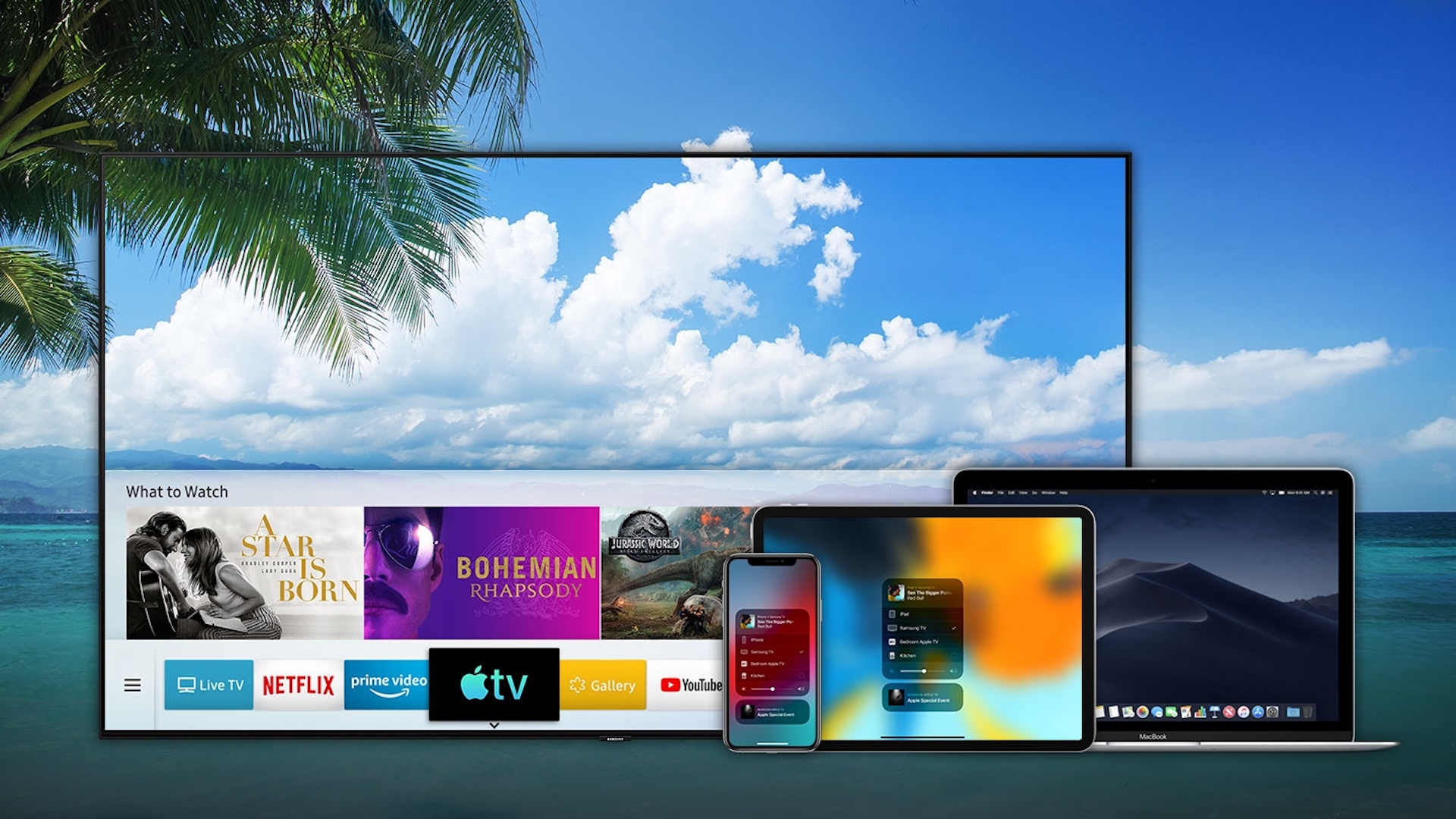

If you don’t see the AirPlay icon in your menu bar, navigate to System Preferences > Displays and place a check mark beside “Show mirroring options in the menu bar when available.” If you want to mirror your Mac’s screen with an AirPlay-compatible device (such as an Apple TV) and you’re running macOS 10.15 Catalina or earlier, you’ll need to do things slightly differently than you would with macOS 11.įirst, look for the AirPlay icon (which looks like a rectangle with a small triangle over it) in the menu bar at the top of your screen. RELATED: How the New Control Center in macOS Big Sur Works Share Your Screen on macOS 10.15 Catalina and Earlier You can also control screen-sharing in System Preferences using the Displays > AirPlay Display menu. To disconnect and stop sharing your screen, click the Screen Mirroring icon (or click “Screen Mirroring” in Control Center) and click the receiving device name whose icon is highlighted in blue.Īfter that, you’ll stop screen-sharing. While you’re connected and actively sharing your screen, the Screen Mirroring icon in the menu bar will turn blue (It looks like one rectangle overlapping another.).Īt any time, click the Screen Mirroring icon to view the status of the connection or to switch from mirroring to “Use As Separate Display” mode, which will treat the AirPlay display as if it were a second monitor hooked to your Mac.
#Wifi screen mirroring mac to tv tv#
We’re using an Amazon Fire TV running third-party AirPlay receiver software.)

(It’s worth noting that you will see different AirPlay receiver names than those listed in our example. Next, you’ll see a list of AirPlay-compatible devices that your Mac has discovered on your network. When Control Center appears, click “Screen Mirroring.” To share your screen using AirPlay on a Mac running macOS 11 Big Sur or later, first, click the Control Center icon located in the upper-right corner of your screen (in the menu bar). Here's How It Works Share Your Screen on macOS 11 Big Sur and Later Compatible devices include Apple TV, certain brands of smart TV sets, and other devices running AirPlay receiver software. RELATED: Wireless Display Standards Explained: AirPlay, Miracast, WiDi, Chromecast, and DLNA You’ll Need an AirPlay-Compatible Receiving Deviceīefore we begin, we’re going to assume that you already have at least one AirPlay-compatible receiver device connected to the same local network as your Mac. That’s what we’re going to explore in this article.

One of the most useful features of AirPlay is that you can use it to share (project) your Mac’s screen onto another display device.
#Wifi screen mirroring mac to tv android#
It’s similar to how Miracast and Chromecast work on Windows and Android devices. AirPlay lets Apple devices such as Macs, iPhones, and iPads stream audio and video over a local network to an AirPlay-compatible receiver device without the need for audio or video cables. AirPlay is Apple’s name for the company’s proprietary wireless media streaming protocol.


 0 kommentar(er)
0 kommentar(er)
